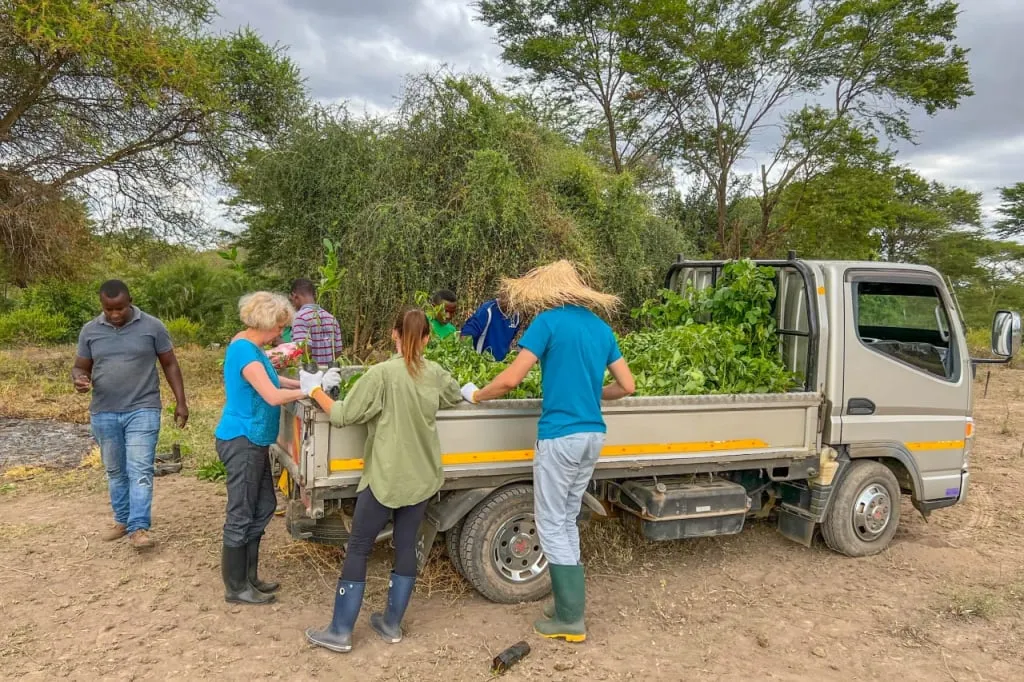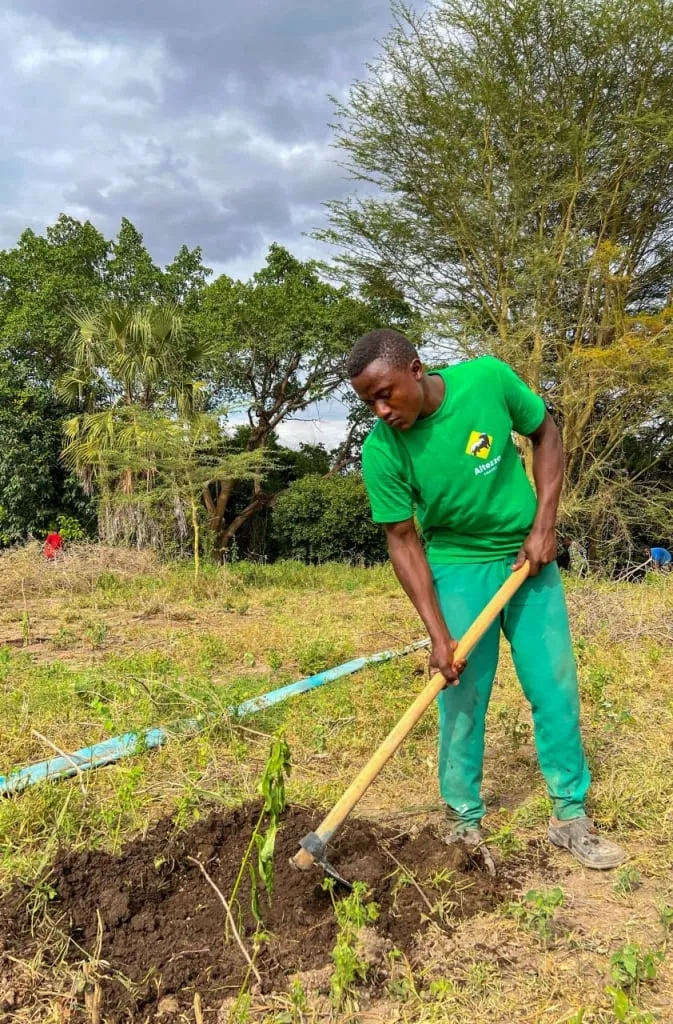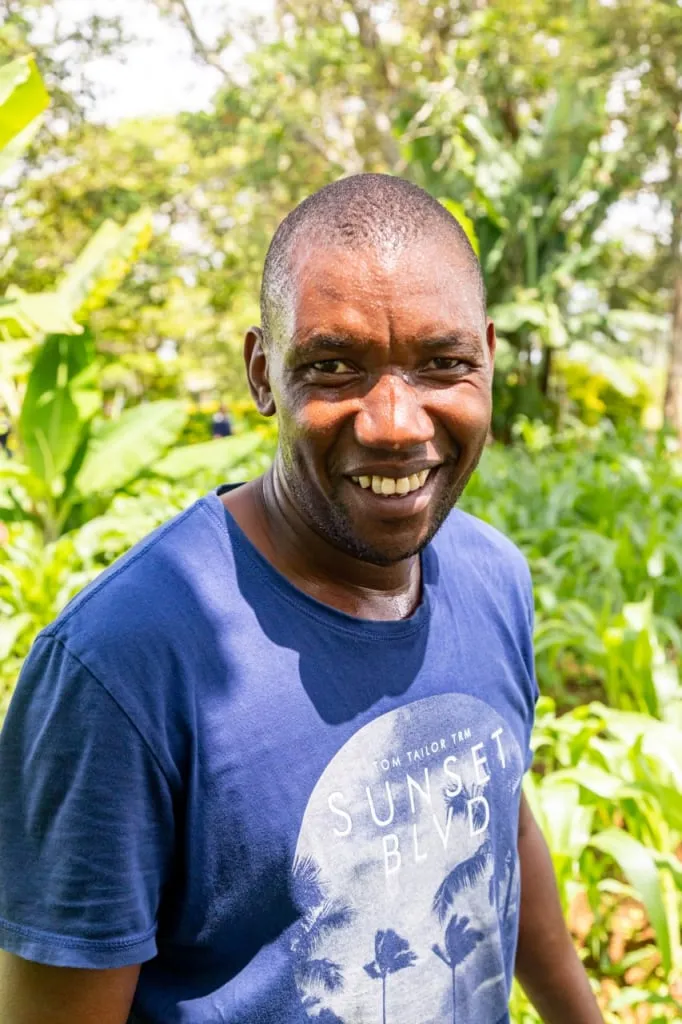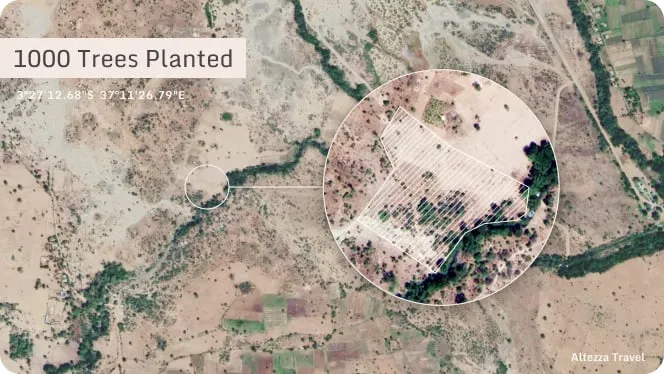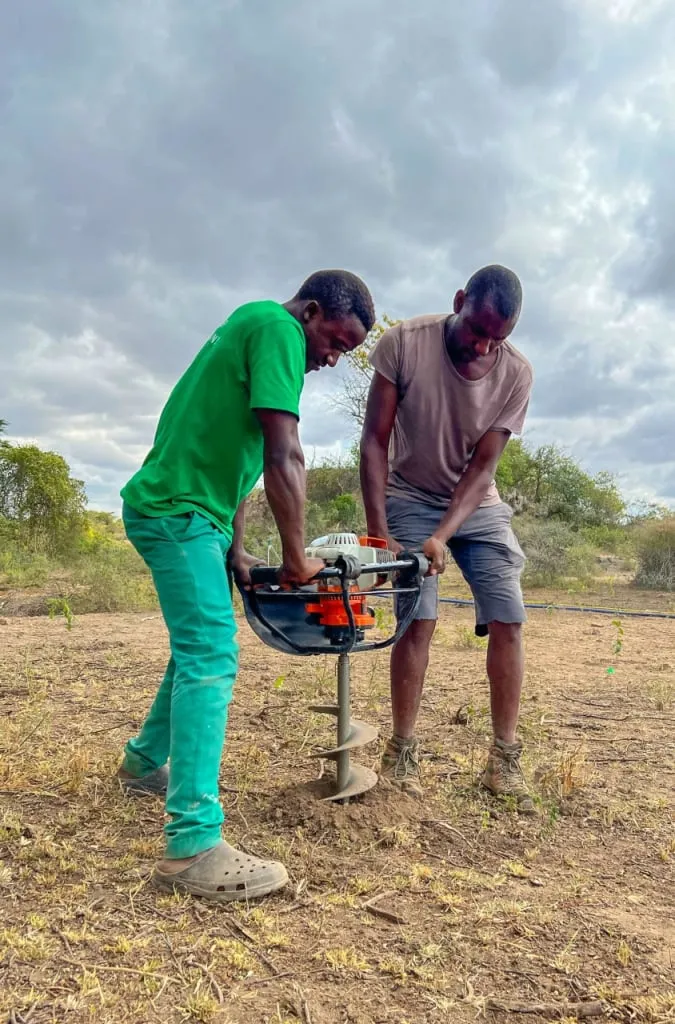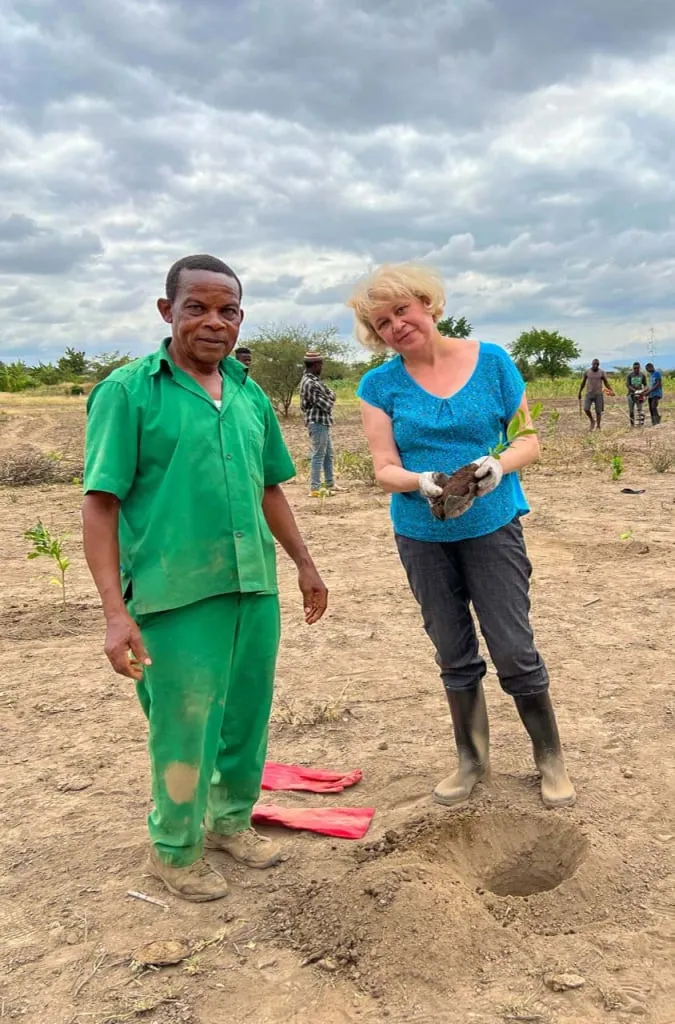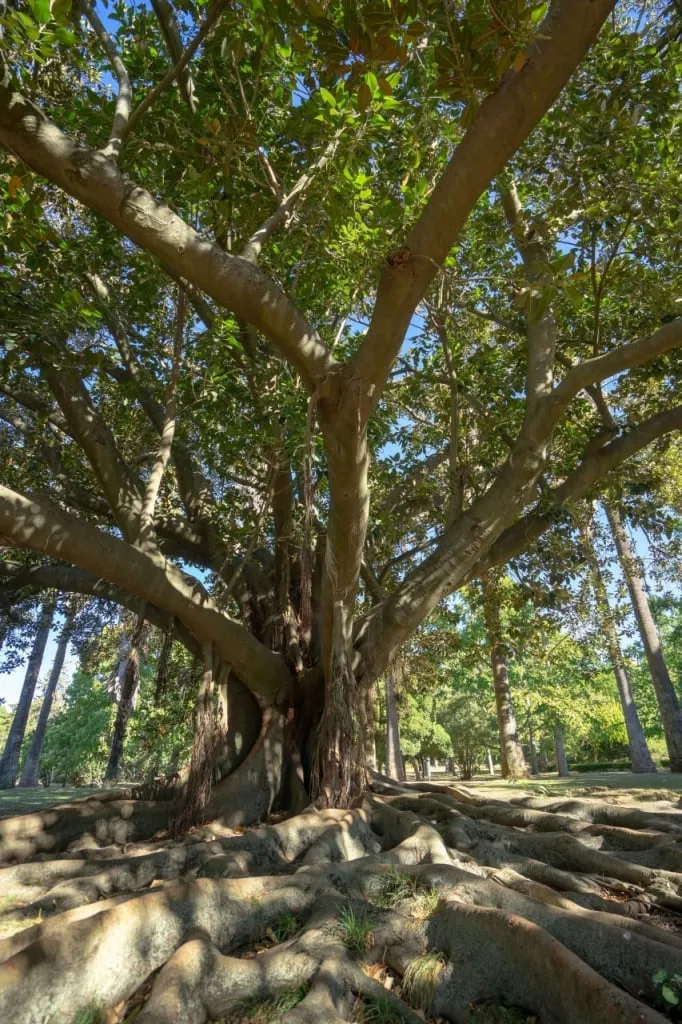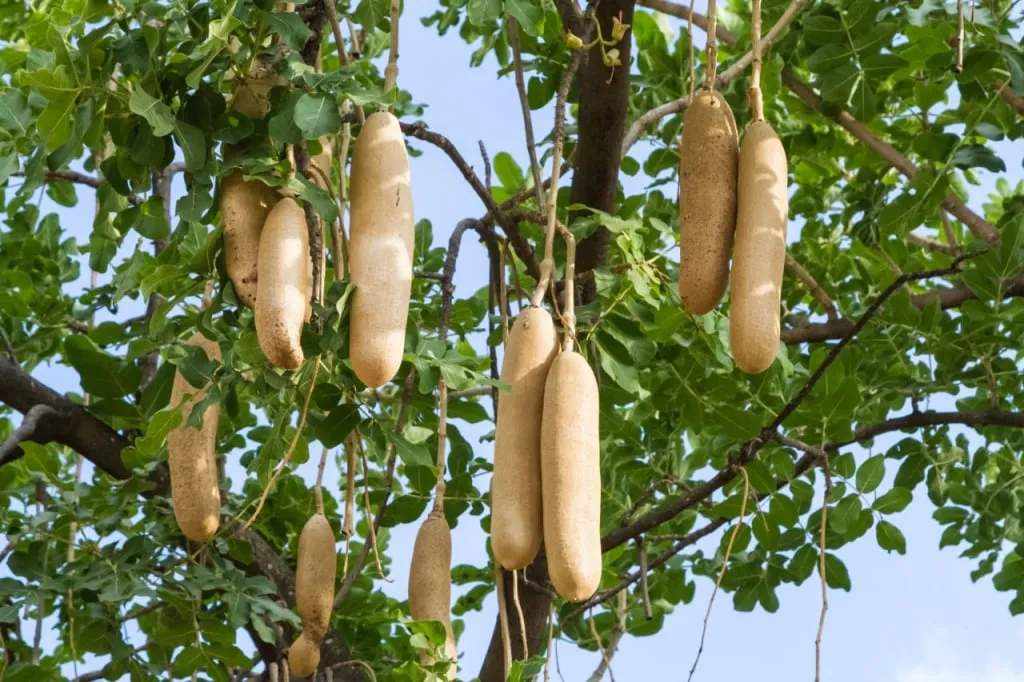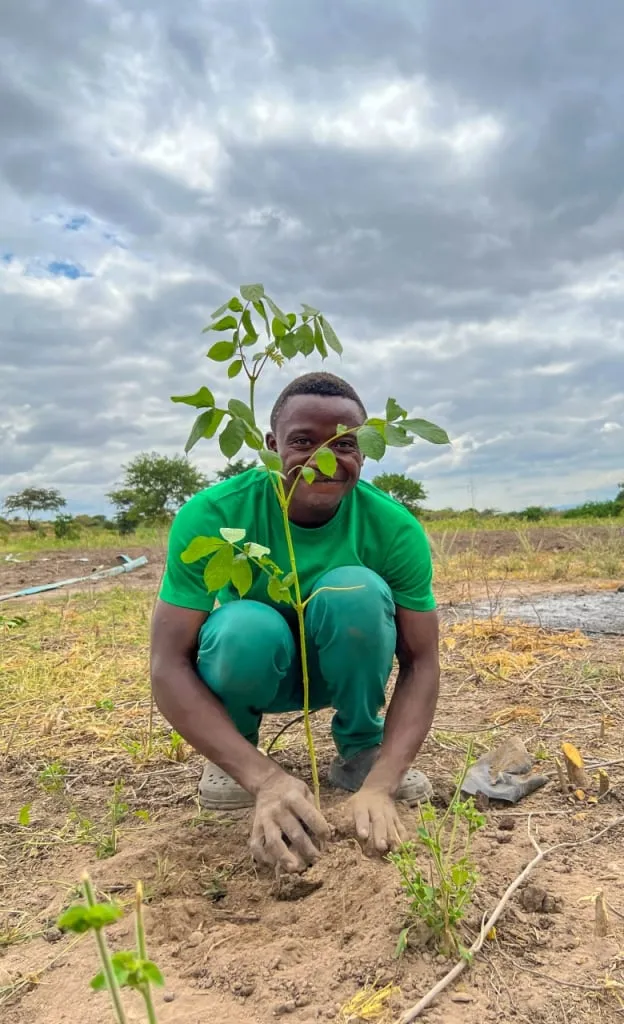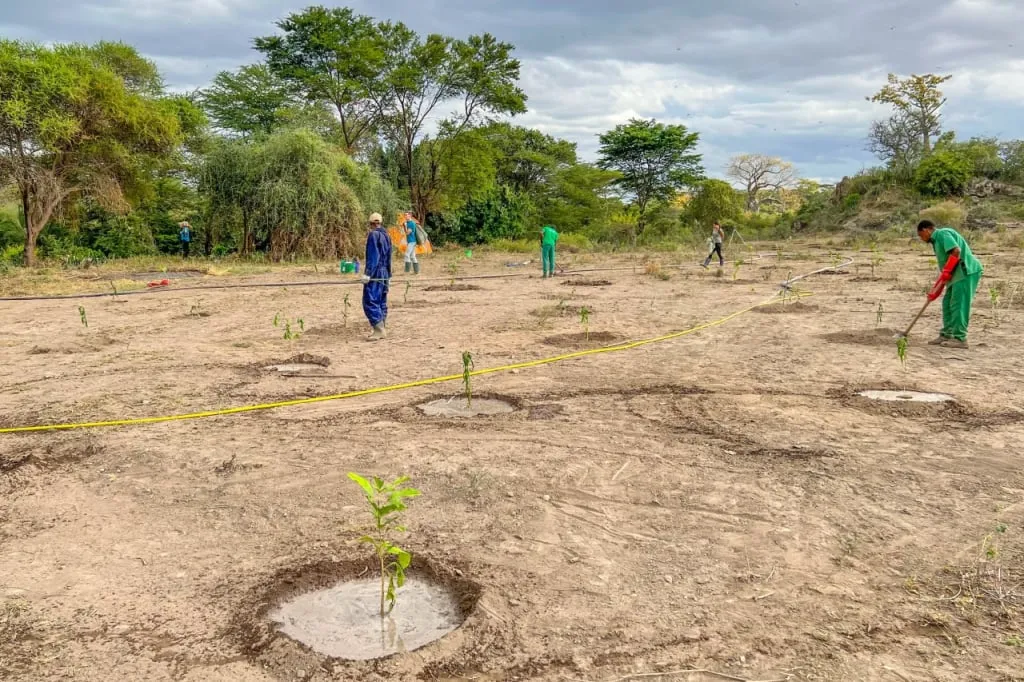In May 2022, Altezza Travel planted over 1000 trees along the Rundugai river near Chemka. Chemka Hot Springs is a popular recreation located 15 km (9 miles) away from the Kilimanjaro airport. Now, the natural shelter belt along the watercourse is being restored.
This article looks at the work being done to restore the natural environment in the area.
What We Have Already Done
May 2022 was a time of ‘giving back’ for Altezza Travel: first, we planted over 400 trees on the bank of the Sere River in the buffer zone of Kilimanjaro Park, and then we reinforced the banks of the Rundugai River. In both cases, the forest floor was damaged and the channel became bare, endangering the entire ecosystem. This often happens in places where people come into contact with nature, and it takes extra effort to restore the damage. Altezza Travel specifically bought an unforested plot of land in order to plant it with trees and contribute to a healthier forest in the area.
On May 26 and 27, the Altezza Travel team began rebuilding the Rundugai River shelter belt.
First, we set up camp at the site to prepare the soil. The ground here is stony, which means we first had to loosen its top layer and remove any large stones before we could begin planting trees. Moreover, we had to additionally fertilize the soil so the trees could grow healthy and strong.
All the gardeners from the company's hotels, as well as other members of the Altezza team, our friends, and a few hired local workers, took part in the campaign, too.
One of Altezza’s key employees, Michael, who has extensive experience in horticulture, has been leading this project.
During the first stage, we planted about 300 trees in the area closest to the water. This is the most important part of the shelter belt because the tree roots bind the soil and prevent the river from eroding the bank.
Residents of the nearby villages come to the river in this area to draw water, and they also bring their cattle here for watering. This is where the land is trampled and the green cover is most easily destroyed. Unfortunately, the district authorities do not inform local residents about the connection between human activity and the deplorable ecological consequences.
The bank requires natural protection at a width of 60 meters from the river's edge. We have successively planted the entire bare ground, distributing the trees at a distance of three meters from each other.
Furthermore, each sapling requires additional protection due to the harshness of the local soil. In addition to watering the young trees individually, an automatic sprinkler system with a 360° rotation pattern irrigates the entire plot.
We also bought manure from local farmers to fertilize the soil around the saplings. After planting, the fertilized and moistened soil around the plants is covered with green grass and shrub branches that we mowed while preparing the area for tree planting.
In total, Altezza Travel has purchased more than 1,000 trees to create a green space in this damaged area. Among them are Rauwolfia, or the South African cinch tree; Spathodea, the tulip tree with bright red flowers that look like a fountain; the golden Markhamia with beautiful yellow bells, the fig tree of the Ficus family that grows well beside the water; and the African Kigelia which has a funny second name - Sausage Tree - given for its long fruit that hangs like sausages under the tree’s crown.
All the planted trees need time to take root and get everything they needed to grow healthy and strong. For that purpose, there are still people staying near the site in our field camp for a while. They will watch the seedlings, water them, and protect them from animal and human encroachment.
One of the main threats to the young plants is the herds of goats brought to graze by shepherds from the nearby villages. During a previous attempt to plant trees: goats nibbled at the stems and the seedlings died.
This time we took measures to protect the seedlings: we fenced off the area with dry thorny branches and left guards in the camp who would drive the animals away during the first year of the saplings' growth.
What Is Still To Be Done
Once the young trees have taken root at the new place, we plan to plant bushes between them to create the second level of plant life. The third and the lowest level will be grass and moss, this final level will help to enrich the soil.
During the first months of the trees' lives, we will take good care of them and monitor their growth. We plan to supplement this feature article with photos from time to time. In the future, we will add both photo reports and satellite images of the area to clearly show the process of ecosystem restoration on the Rundugai River.
Follow the life of the trees and the restoration of an important ecosystem with us!
All content on Altezza Travel is created with expert insights and thorough research, in line with our Editorial Policy.
Want to know more about Tanzania adventures?
Get in touch with our team! We've explored all the top destinations across Tanzania. Our Kilimanjaro-based adventure consultants are ready to share tips and help you plan your unforgettable journey.
















